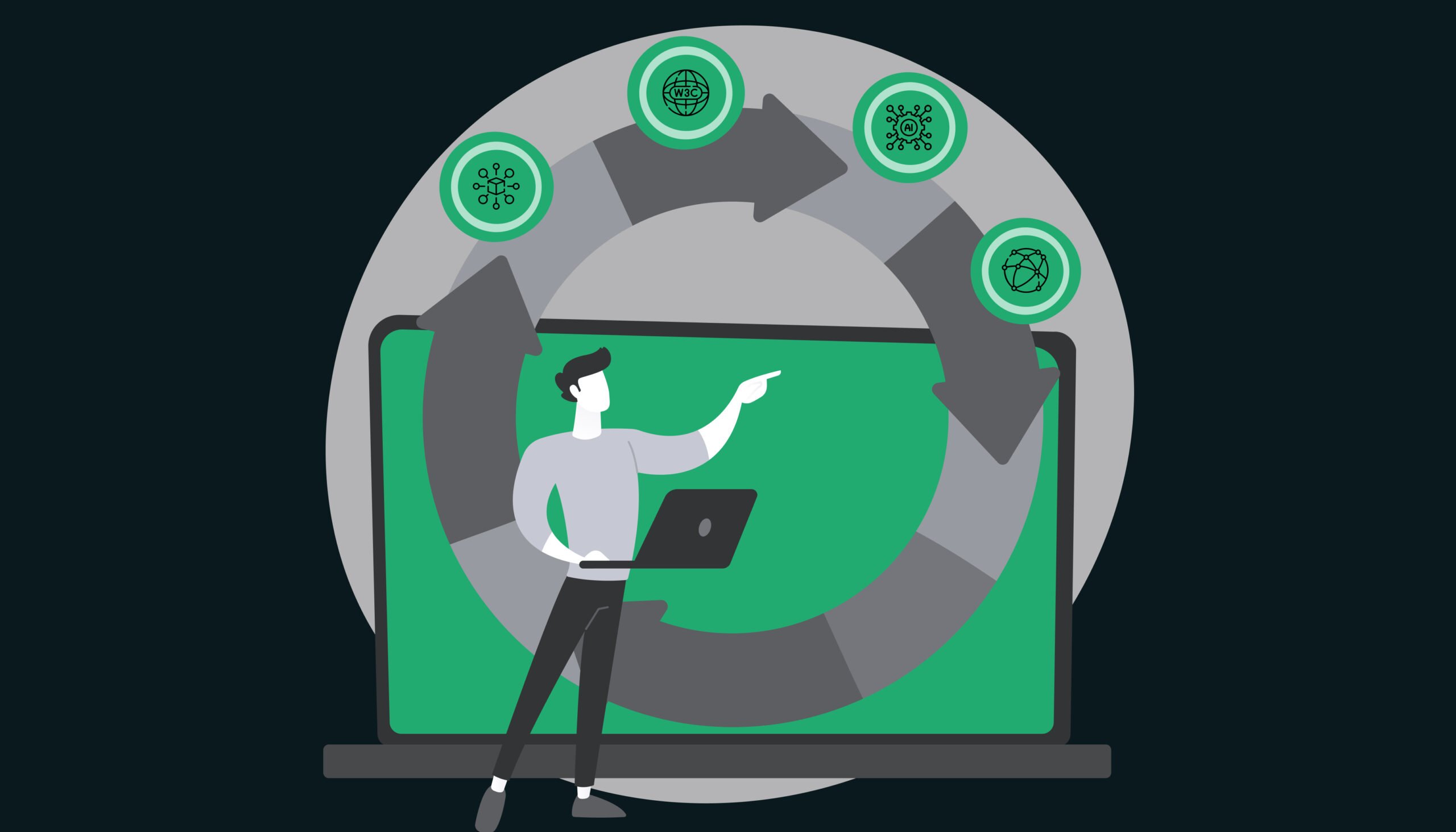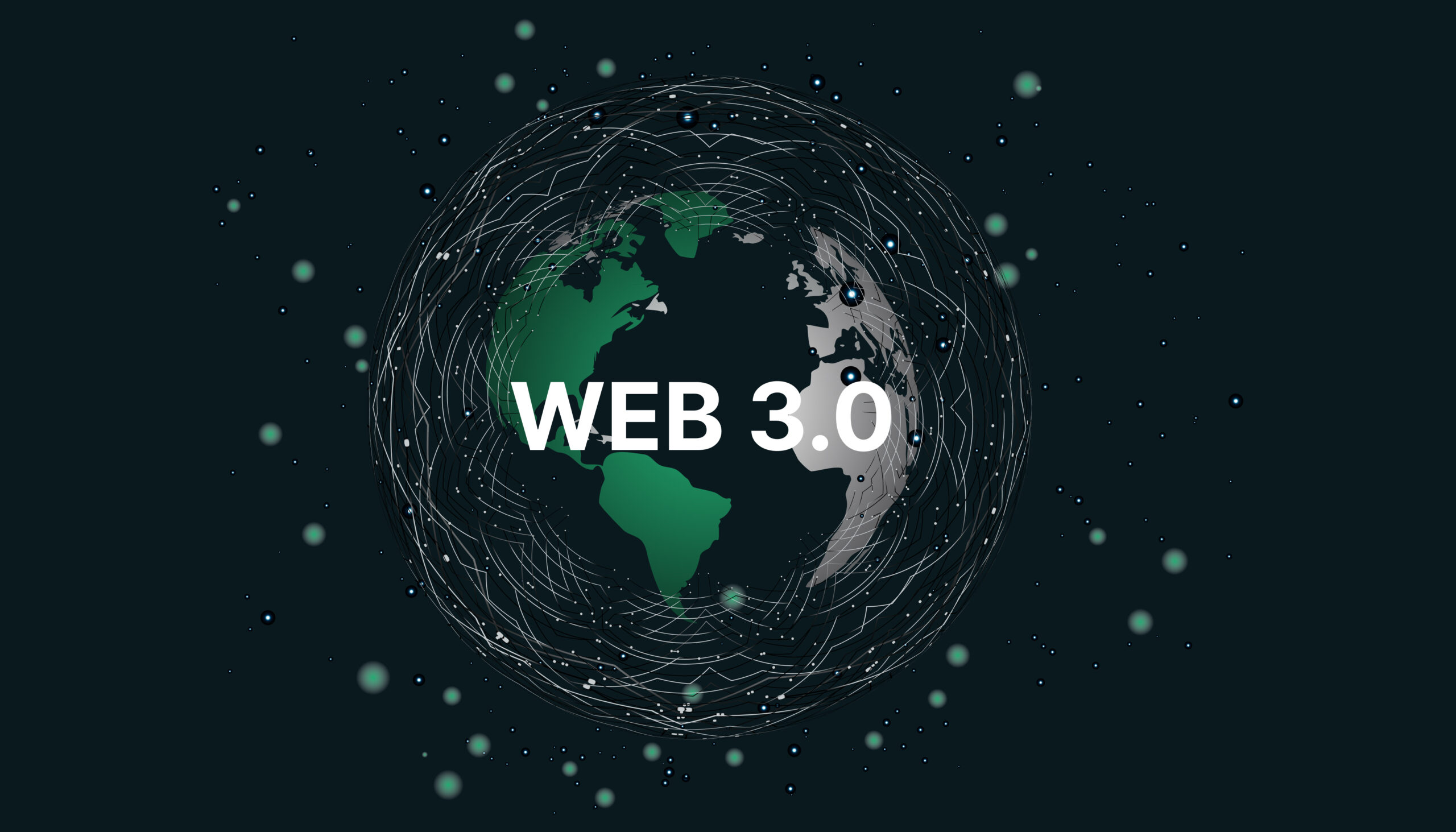Web 3.0 (Web3) is the third generation of web technology advancements. The Web, often known as the World Wide Web, is the basic layer that provides websites and application services on the Internet.
Because Web 3.0 is continuously expanding and being defined, there is no canonical, widely acknowledged definition. But one thing is certain: Web 3.0 places a major focus on decentralized apps and makes considerable use of blockchain-based technology. Machine learning and artificial intelligence (AI) are also used in Web 3.0 to assist in enabling more intelligent and adaptable apps.
Investors and businesses are acutely aware of the critical need to adopt new and innovative technologies in today’s competitive market of digitally agile environments. The internet, like other businesses and sectors, is continually developing.
Users of the first online iteration (Web1) could primarily read the information; the second iteration (Web2) has provided us with more chances to engage in reading and writing. However, with Web3, users can browse, publish, generate, and own the content they create.

How Does Web 3.0 Function?
The aim behind Web 3.0 is to make Internet searches significantly faster, simpler, and more efficient, allowing even complicated search terms to be processed at record speed.
A user must engage with a web 2.0 application’s front end, which connects with its back end and communicates with its database. The complete code is hosted on centralized servers and sent to users via an Internet browser.
Web 3.0 does not have centralized databases to hold application information or a centralized web server to house backend logic. Instead, there is a blockchain that allows developers to construct programs atop a decentralized state machine that is maintained by anonymous nodes on the internet.
Distinguishing Characteristics of Web 3.0:
- Decentralization:
Decentralization is a fundamental element of Web 3.0. Because the information is able to be retrieved based on its content in Web 3.0, it may be kept in several locations at the same time, making it decentralized. With Web 3.0, users will be able to sell data created by diverse and more powerful computing resources such as mobile phones, computers, appliances, automobiles, and sensors over decentralized data networks, guaranteeing that users retain ownership control. - Semantic Web:
The Semantic Web is the next step in the evolution of the Web. The Semantic Web enhances web technologies’ capacities to produce, share, and link material via search and analysis by comprehending the meaning of words rather than keywords or numbers. - Artificial intelligence (AI) and machine learning:
In Web 3.0, machines are able to grasp information in the same way that people do, thanks to Semantic Web concepts and natural language processing technologies. Machine learning is also used in Web 3.0, which is a form of artificial intelligence (AI) that uses data and algorithms to mimic how people learn, continuously improving its accuracy. These skills enable computers to deliver faster and more relevant results in a variety of fields, such as medical research and novel materials, as opposed to the present focus on targeted advertising. - Connectivity and wide availability:
With Web 3.0, information and content are increasingly linked and universal, accessible through different apps and a rising number of daily objects connected to the web, such as the Internet of Things (IoT).
THE BOTTOM LINE:
Web 3.0 is no longer a fool’s errand, but rather a reality. Indeed, cognitive technology like that of expert.ai is enabling all of this. Understanding language is essential to so many aspects of the Internet. The possibilities are unlimited if semantics and natural language processing are fundamental components.
According to futurists, Web 3.0 will become a vital aspect of the internet’s ever-expanding growth. If this idea comes to pass, it might open up new opportunities for investors and developers.
Zenkoders and its professional developers are here to help you with your NFT/Web 3.0 project if you believe in the future vision and are looking for a team of developers who can assist and guide you through it. They will also give you the precise deliverables you need.


